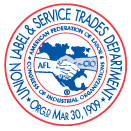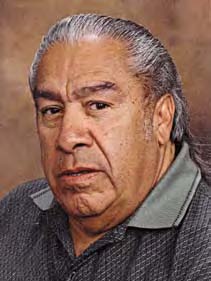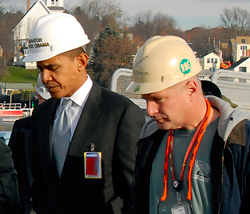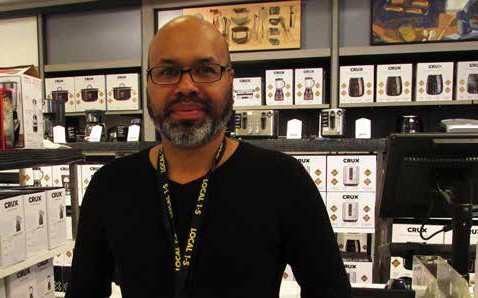Following retirement in 2003, Joe A. Sandoval devoted his new found “free time” to recollecting the colorful characters he met and reconstructing incidents he witnessed during his career in a USW-represented steel mill in Pueblo, Colorado. Joe’s book, entitled: “Hearts of Steel,” is a warm and detailed account of genuine affection that grows up among workers who spend long, difficult hours, days and years together.
worked in the wire mill department for 43 years. My life as a steelworker was something that I never tried to change once I walked through the gates into the mill. It finally came to an end on Good Friday, April 17, 2003. As I drove out of there for the last time, I knew it had been a good choice.
I’ve often wondered how many people living in the city and the many that travel the Interstate through Pueblo are even aware of the tunnel beneath the I-25 at the mill’s main gate. For many years the tunnel was used by thousands of men and women in their daily commute to and from work. As teenagers, a friend and I would go to the mill entrance to give his father and mine a ride home. As they emerged from the tunnel, the workers would greet each other in different languages with unusual names like, “Spike” and “Wesos”.
Today, those long-ago voices and footsteps are just a memory of days gone by. Only the dark corridor remains, in silent testimony to an era when so many people made their contribution to the history of the steel industry. Those were the days when the men carried a metal lunch bucket and wore what I call the “Al Capone style” hats. I remember those entering the tunnel usually had a solemn look, in contrast to those coming out. The workers exiting would be laughing and walking a little more briskly even if they were going home tired from the days work.”
Once I made a few adjustments to being retired, I decided to write the book an share some of the stories of that time. The
stories in the book are all true and I was fortunate to have known and worked with all those proud union members. If my book
helps someone visualize another perspective on the work other union workers do it will have served its purpose.








